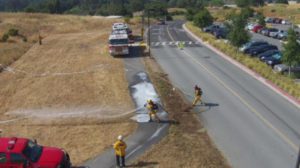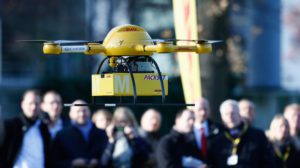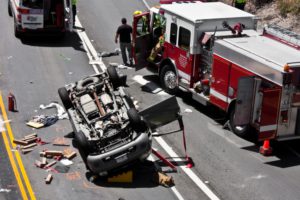Drone use in mining is increasingly becoming an invaluable resource.
Our platforms offer the ability to monitor stockpiles and map exploration targets at a fraction of the cost and risk of traditional mining exploration.
UAVs exhibit their full potential in the mining sector. They are being used extensively to create 3D maps of mines to manage inventory, stockpiles, material, deliver equipment, and help prospect for untapped resources in remote locations. Many mines have proven early interest in unmanned technology and are pursuing relatively inexpensive unmanned solutions.
- Ensure Job progress, design specifications, and contract conformance
- Annotation tools to customize reports in minutes and export data to conform to existing workflows and tools
- Share visualizations for job site insight. ?Both on and off site collaboration to reduce site visits
- Volumetric calculations
- Stockpile and inventory management
- Area, cut, fill, volume, and distance
- Layers, contour, and orthomosaic images
Drones in mining: can you teach an old business some new tricks of the trade? One of the oldest industries in the world is fully embracing drone technology. There has been a very evident shift in strategy toward the use of technology to increase on-site efficiencies in mining using drones as commodity prices demand lower exploration costs for greater profitability and many exploration companies have started to use drones to increase operational efficiency, improve safety, and even help with equipment maintenance. 1UP believes this is only the tip of the iceberg for the industry. Drones are poised to play an increasingly important role for mining companies to improve costs, productivity, and safety.
The new age prospector: Deposit delineation is the most common use of drones across the industry. Mines and exploration projects are often located in remote locations far from traditional transportation infrastructure and can span large geological footprints. Previously,?helicopters served as the eye in the sky for exploration, but drones are increasingly taking on that role at barely a tenth of the cost of and time spent by surveyors. While some aerial mapping can be done via satellites, drones fly lower, below the clouds, and collect data at higher resolution without the need to wait for a clear day. The remoteness of many of these exploration projects means that drone operation safety less of a concern.
Eagle eye on assets: Drones can improve productivity and profitability even after the exploration phase: stockpile mapping, remote mine mapping, erosion control, reconciliation, and time lapse photography for changes in mines. We anticipate continued adoption of drone (UAV) technology as a fast, portable way to get almost-instant updates on the conditions of various portfolio assets. Remote monitoring eliminates the need to have many experts available on-site at all times; instead it allows assessment from a company’s home office and decreases overhead. Drones also allow for faster repairs of damaged equipment, with the ability to find the issue, transmit data to technicians, and fetch needed parts and/or supplies.
Neither snow, nor rain, nor heat will stop these machines: The hardiness of these unmanned vehicles mean they are invaluable in making the workplace safer for humans. In addition to exploring areas that are too remote or dangerous for people to explore safely, UAVs can be used to examine rock faces for fractures over time, inspect and measure mine drifts, and help pinpoint locations underground with specialized UAVs, where GPS won’t work.


